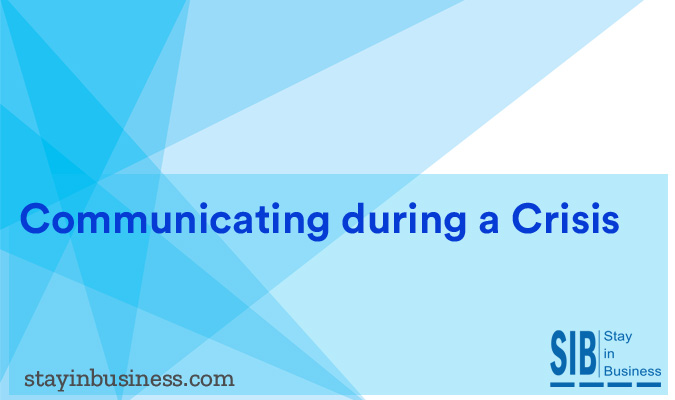
Sharing information during a crisis situation is a crucial component of any business continuity plan for maintaining operational resiliency. Updating information in real time so that plans can be altered accordingly makes it easier to deliver on RTO and RPO targets.
So how do organizations keep their mission critical processes up and running, even during a crisis event? The biggest business continuity challenge today is to incorporate BCDR strategies into the organization’s day to day tasks and activities. The advantages include:
Greater employee involvement
Exceeding customer expectations
Higher profit margins
Additionally, numerous compliance norms with a national as well as an international scope provide the relevant pointers that business continuity practitioners can adapt to their specific operational context. This is important because a compliant BCDR solution does a company’s brand perception and market value a world of good.
Why Enterprises Need to Get Aggressive about Resiliency
Business disruption directly impacts revenue. For instance, business disruption at a major airport with heavy air traffic for even a few hours can causes losses in the range of hundreds of millions of dollars. Shops, boutiques and other commercial establishments within the premises would also be affected. Rescheduling flights and routing upcoming arrivals to the nearest airports can into a logistical nightmare.
But the business impact of a disruption is not always beyond one’s control and organizations can stay prepared if they plan a detailed mitigation strategy.
For instance, when a recreational or an entertainment activity is called off due to damage or repair work, the staff must make use of all available channels of communication to notify guests of the incident well in advance. Customers must also be alerted when the activity is about to be restored again. When evaluated in isolation, such initiatives might seem trivial and of no consequence. But collectively, they convey the organization’s commitment to do their best, even in the face of adversity.
Employee personnel must be able to stay up to date on an incident in real time and through safe channels without having to question the veracity of the information being shared.
Focus Areas of any Business Continuity Communication Strategy
- How will employees be notified during a crisis?
- Are there backup staffing options for critical tasks?
- Create incident response teams for high frequency disruptions.
- Design training programs to bridge gaps in response capabilities.
- Clearly distinguish between internal and external communications and their corresponding requirements
- Design a framework for integrating different communication components into an integrated system that is consistent with official threat advisory agencies.
- implement a crisis communication plan with their respective time frames that are in line with the RTO and RPO objectives of different business processes.
- provide detailed documentation for all procedures to streamline knowledge transfer during attrition as well as on-boarding training when hiring new staff.
- Delegate responsibilities to business continuity executives who will be held accountable for specific workflows
- Incorporate test results as well as feedback from external audits into the system. The periodicity to this activity should draw a balance between the organization’s resiliency objectives and budgetary limitations.
See for yourself how the application works
Witness our cloud based platform’s security capabilities in action
Play around with the software and explore its features
Compare and choose a solution that’s relevant to your organization
Consult our experts and decide on a pricing mechanism
Disasters
[carousel id=’1780′ items=’4′ items_desktop=’3′ margin_right=’5′ navigation=’false’] [item img_link=”https://www.stayinbusiness.com/wp-content/uploads/2016/02/Chemical-Spills-Discharges.jpg” href=”https://www.stayinbusiness.com/resource/disaster-recovery/chemical-spills-and-discharges/”][item img_link=”https://www.stayinbusiness.com/wp-content/uploads/2016/02/Riots-Public-Disturbances.jpg” href=”https://www.stayinbusiness.com/resource/disaster-recovery/riots-and-public-disturbances/”][item img_link=”https://www.stayinbusiness.com/wp-content/uploads/2016/02/Terrorism.jpg” href=”https://www.stayinbusiness.com/resource/disaster-recovery/terrorism/”] [item img_link=”https://www.stayinbusiness.com/wp-content/uploads/2016/02/worst-product-recall.jpg” href=”https://www.stayinbusiness.com/resource/disaster-recovery/product-recall/”] [/carousel]
